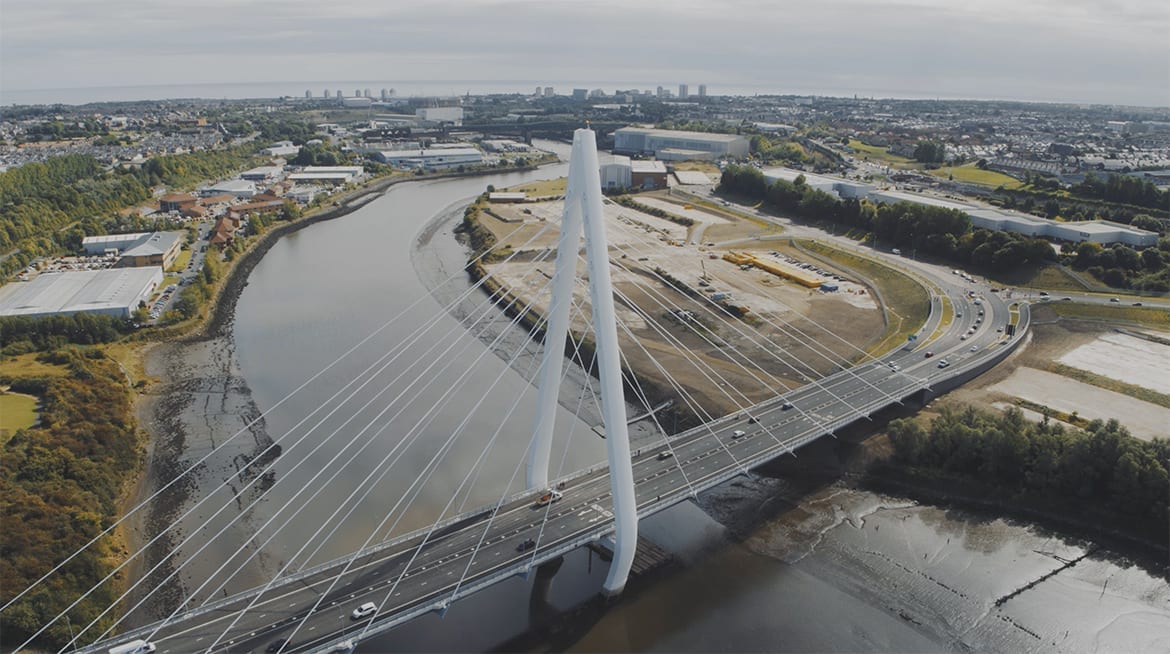Filming – that’s easy these days – you just get the iPhone out and start recording, no need to plan anything. Not true…..
Whilst it’s tempting to think that capturing a long-term project on film is a case of just getting on with it, taking that approach could result in you running into headaches and problems as you get further down the line.
Having worked on a number of long-term filming projects for our clients, I thought it would be useful to share some of the key considerations we think about on day one.
Plan ahead
Planning is the key to any successful project, and this is especially true of film. Think about not only what you want to produce now, but also what you might want to produce in future and why it’s needed. Ensure that you factor your future content requirements into things like the questions you ask in interviews, the illustrative footage you capture and the points in time that you decide to film things.
When working with clients like the Law Society, we regularly capture a range of content in interviews that we can go back and reuse/repurpose for many months (or even years in some cases).
Law Society | Brand Campaign 2019 | Conveyancing | Red Kite Law and Anne
Law Society | Brand Campaign 2019 | Spotify Advert 2019
Having a robust structure in place so you can easily dip into your archive of footage to quickly access a specific series of shots or an interview on a particular topic will be a huge save on time and resources, especially in the case of large projects where you might have hours and hours of interview content on file.
This doesn’t have to be laborious – for some projects, it’s simply a case of setting up and organising your footage by date so that you can cross-reference with a document outlining who/what was filmed on a particular day. In other cases, it might involve taking advantage of advances in technology such as AI-based tools which can transcribe interviews and even recognise objects and context in illustrative footage to give you a searchable archive of your material.
This also extends to having a plan in place to backup and archive your content securely so that, in the case of the unthinkable happening and a hard drive failing, you’ve always got another copy of the files saved somewhere safely.
For our work on the Northern Spire project we took the approach of organising all of our footage into a series of projects based around the key milestones of the bridge’s construction, and then further organised by date, time and camera/footage type (as we were using a mix of ground-based and drone cameras). This meant that when it came to editing the Story of the Project video to wrap up and summarise the entire construction of the bridge from start to finish, we could quickly and efficiently find the specific interview quote or stunning drone shot we needed.
NORTHERN SPIRE | HOW THE BRIDGE CAME TO LIFE
Don’t forget about your audience
Often, the temptation when you have a mountain of fantastic content at your fingertips is to dive in and mine it for all its worth, producing and releasing tens or in some cases hundreds of outputs in one hit – it’s something we have all been guilty of at one time or another in the past.
The key question to remember – and this goes back to my first point about planning – is what you want to communicate to your audience and what action you want them to take as a result of that. Based on that, you map out what your content strategy is and how many outputs you need. This might involve producing the same 60 second video for use across multiple platforms or could take a bespoke approach with specific edits produced on a platform by platform basis.
You might just need one really good piece of film to make an impact – don’t over complicate the process or lose sight of the messaging and purpose by switching focus on too many different outputs.
For our work with the Solicitors Regulation Authority on their campaign to launch their new Clickable Logo, we produced specific pieces of animated content for each of the channels we were using as part of the campaign based on a single core narrative – you can see some examples of these below.
SRA | REGULATION CHANGE CAMPAIGN | MIDROLL
SRA | REGULATION CHANGE CAMPAIGN | INSTAGRAM STORY
Of course, each individual project will have its own quirks and idiosyncrasies which is why working with a supplier who is used to planning ahead and spotting issues before they become a problem is so important. If you want to find out more about how DTW can help you plan and deliver your next film project, whether it be long or short term, drop me an email at pete@dtw.co.uk.
